Top 10 Innovative Rehab Equipment Transforming Recovery in 2023
In the realm of physical rehabilitation, 2023 has ushered in a new era of transformative and innovative rehab equipment designed to enhance patient recovery and accelerate healing processes. As the demand for effective rehabilitation solutions continues to grow, cutting-edge technologies are emerging, revolutionizing the way therapists approach recovery. From advanced robotic aids to immersive virtual reality systems, these tools are not only improving the efficiency of treatment but also making rehabilitation more engaging and personalized. This article delves into the top 10 pioneering rehab equipment that are shaping the future of recovery, exploring their unique features, benefits, and the impact they have on patient outcomes. By integrating science and innovation, these advancements are empowering both practitioners and patients to achieve greater milestones in the rehabilitation journey.
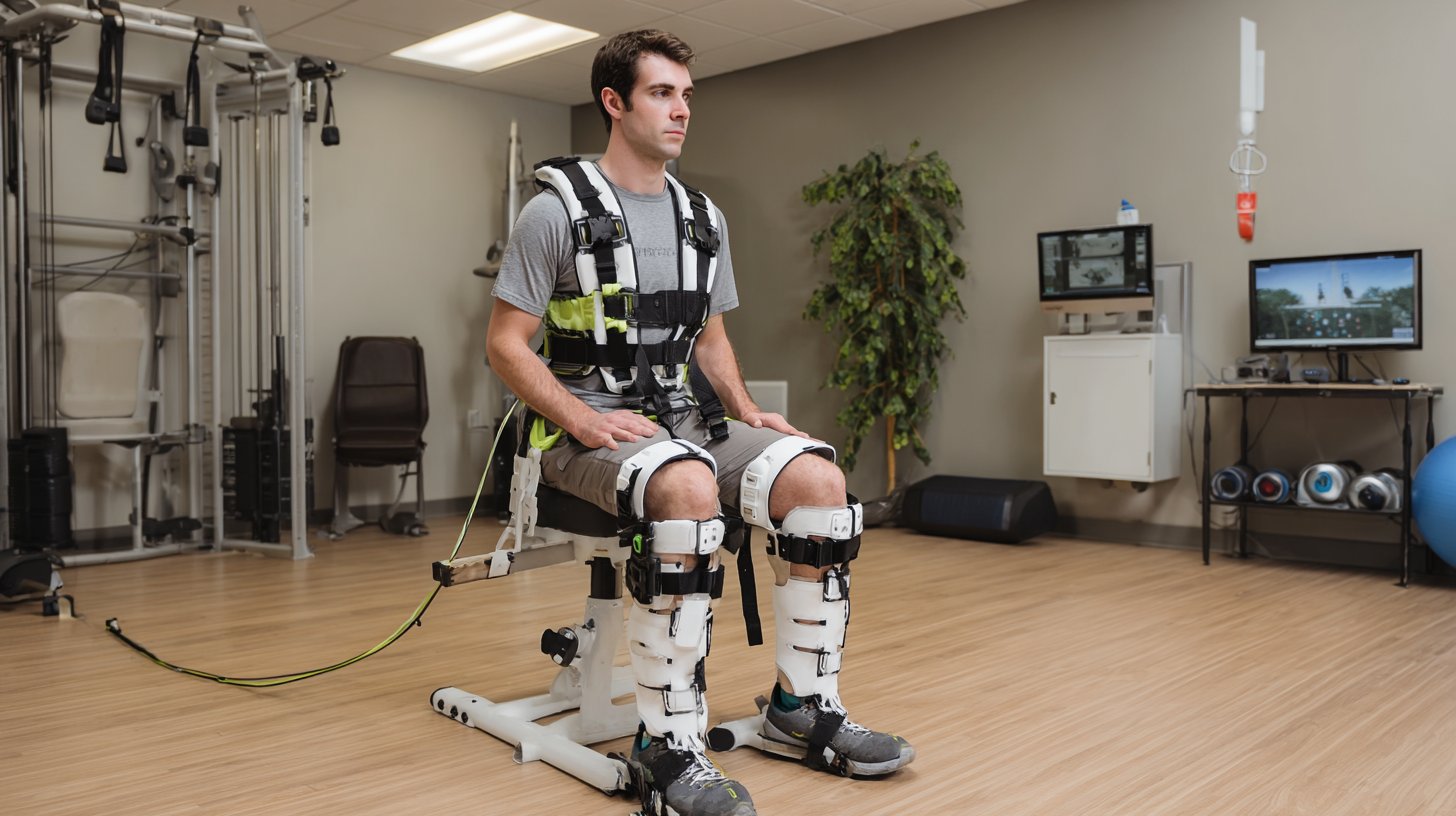
Revolutionary Exoskeletons: Enhancing Mobility and Independence Post-Injury
Revolutionary exoskeletons are at the forefront of rehabilitation technology in 2023, redefining the landscape of recovery for individuals with mobility impairments. These advanced wearable devices provide support and assistance to patients recovering from injuries, particularly spinal cord injuries, strokes, or debilitating conditions. By mimicking natural human movements, exoskeletons allow users to regain mobility, enabling them to stand, walk, and participate in daily activities that were previously unattainable.
The impact of exoskeletons goes beyond physical recovery; they play a crucial role in boosting the mental and emotional well-being of patients. As users experience the sensation of walking again, it fosters a sense of independence and accomplishment. Moreover, the integration of advanced sensors and AI technology in these devices ensures personalized support, accommodating the unique rehabilitation needs of each individual. This innovation not only enhances physical capabilities but also empowers users to reclaim their lives, demonstrating the profound potential of technology to transform rehabilitation practices in an inclusive manner.
Top 10 Innovative Rehab Equipment Transforming Recovery in 2023
This chart showcases the impact scores of the top 10 innovative rehabilitation equipment transforming recovery in 2023. Each piece of equipment is assessed on a scale from 1 to 10, indicating its effectiveness in enhancing mobility and independence post-injury.
Smart Wearables: Tracking Recovery Progress with Precision and Ease
In 2023, the landscape of rehabilitation technology is being revolutionized by smart wearables that offer precise tracking of recovery progress. These devices not only monitor vital signs but also analyze motion and performance, providing valuable feedback to patients and healthcare professionals. By integrating smart wearables into rehabilitation plans, individuals can ensure they are on the right track to recovery, making adjustments based on real-time data.
Tip: When using smart wearables for rehabilitation, always choose devices that are compatible with your therapeutic goals. For example, if you need to track mobility, focus on wearables that offer movement analytics alongside heart rate monitoring.
Moreover, the connectivity features of these devices allow for seamless communication with therapists. This means that recovery programs can be adjusted swiftly based on objective data, ensuring an optimized path toward healing. Embracing this technological integration not only empowers patients but also enhances the overall effectiveness of rehabilitation programs.
Tip: Regularly check the data logged by your wearable device and share insights with your healthcare provider. Maintaining open communication can significantly contribute to tailoring your recovery journey.
Top 10 Innovative Rehab Equipment Transforming Recovery in 2023
| Device Name | Type | Features | User Feedback Score | Expected Release Date |
|---|---|---|---|---|
| Smartband A | Wearable | Heart rate monitoring, Step tracking, Progress analytics | 4.5/5 | March 2023 |
| Rehab VR | Virtual Reality | Immersive therapy, Progress tracking, Tailored exercises | 4.8/5 | April 2023 |
| Smart Mat | Interactive Surface | Real-time feedback, Balance exercises, Posture correction | 4.6/5 | June 2023 |
| Wearable EMG | Electromyography | Muscle activity tracking, Fatigue monitoring, Remote access | 4.7/5 | May 2023 |
| Mobi Rehab | Mobile App | Personalized plans, Progress tracking, User-friendly interface | 4.4/5 | February 2023 |
| AI Coach | AI Assistant | Real-time feedback, Adaptive learning, Chat support | 4.9/5 | July 2023 |
| Biofeedback Device | Wearable | Stress level monitoring, Breathing exercises, Data visualization | 4.3/5 | August 2023 |
| Smart Walker | Mobility Aid | Navigation assistance, Fall detection, Activity tracking | 4.5/5 | September 2023 |
| Therapeutic Gloves | Rehab Equipment | Hand mobility enhancement, Temperature control, Strength training | 4.4/5 | October 2023 |
| Progress Tracker Pro | Software Tool | Comprehensive analytics, Goal setting, Progress visualization | 4.7/5 | November 2023 |
Virtual Reality Therapy: Immersive Experiences for Pain Management and Rehabilitation
 Virtual reality (VR) therapy is emerging as a groundbreaking tool in rehabilitation, transforming how patients manage pain and recover from injuries. By creating immersive environments, VR therapy allows individuals to engage in customized experiences that distract them from discomfort while simultaneously facilitating therapeutic movement and strengthening exercises. This innovative approach enables patients to immerse themselves in calming landscapes or stimulating scenarios, enhancing their focus on rehabilitation activities rather than their pain.
Virtual reality (VR) therapy is emerging as a groundbreaking tool in rehabilitation, transforming how patients manage pain and recover from injuries. By creating immersive environments, VR therapy allows individuals to engage in customized experiences that distract them from discomfort while simultaneously facilitating therapeutic movement and strengthening exercises. This innovative approach enables patients to immerse themselves in calming landscapes or stimulating scenarios, enhancing their focus on rehabilitation activities rather than their pain.
Moreover, VR therapy doesn't just alleviate pain; it also fosters motivation and engagement in the rehabilitation process. Traditional therapies can often feel repetitive and taxing, leading to decreased patient compliance. In contrast, VR can gamify recovery sessions, making them more enjoyable and interactive. Patients find themselves more willing to participate in their recovery journey, which can lead to improved outcomes and quicker progress. With the integration of VR technology in rehabilitation, the future looks promising for enhanced treatment strategies that prioritize both physical and psychological well-being.
Robotic Assistance: Automating Physical Therapy for Greater Efficiency
In 2023, the integration of robotic assistance into physical therapy has revolutionized rehabilitation practices, enhancing both efficiency and patient outcomes. Recent reports from the American Physical Therapy Association indicate that the use of robotics in rehab can improve recovery times by up to 30%, allowing therapists to allocate more time to individualized patient care. This automation streamlines repetitive tasks, enabling patients to engage in consistent therapy sessions that are tailored to their progress and needs.
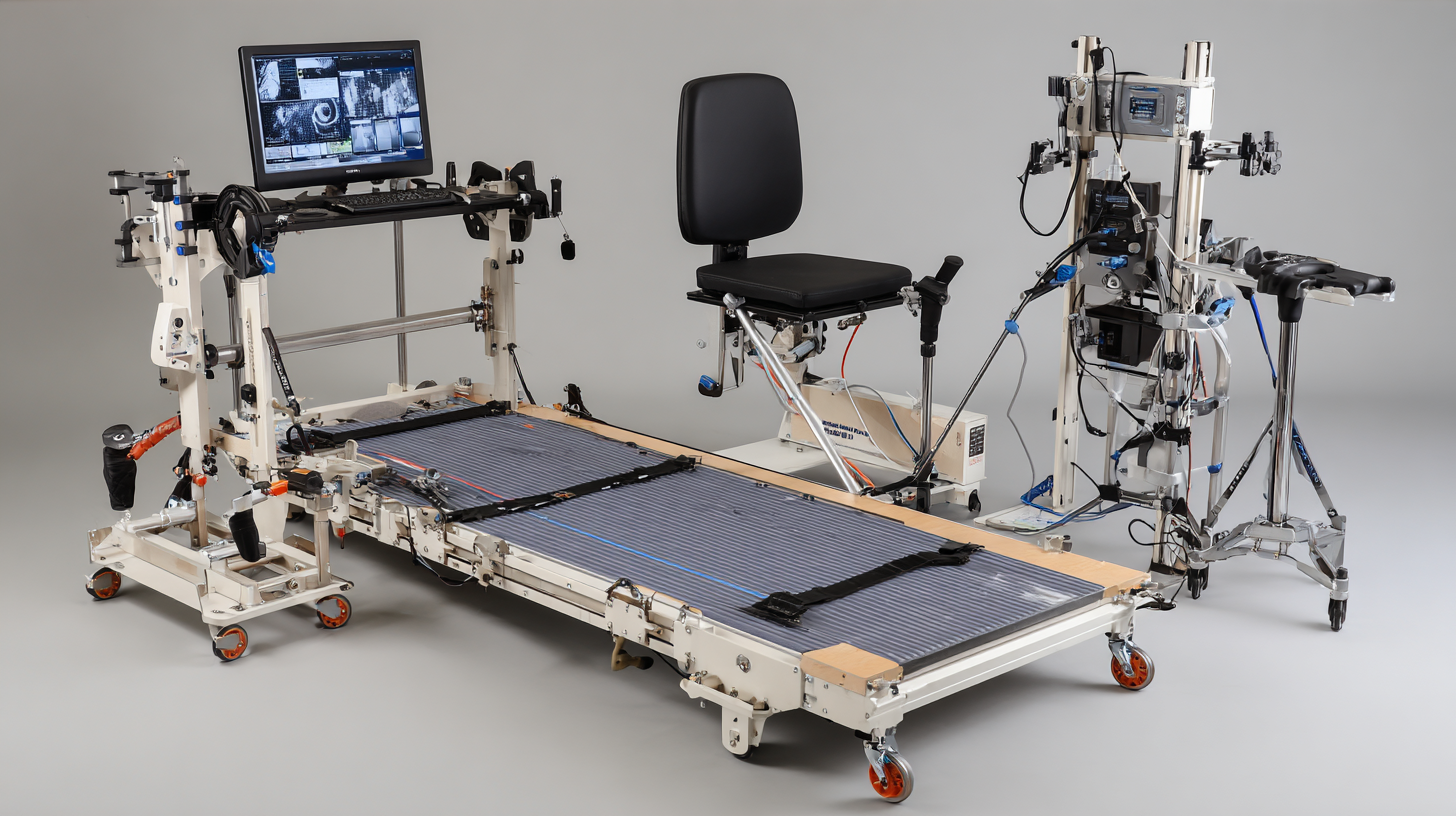
One standout example is the use of exoskeletons, which support and assist patients with mobility challenges. According to a study published in the Journal of NeuroEngineering and Rehabilitation, participants using robotic frameworks showed a significant increase in their range of motion and overall mobility outcomes compared to traditional methods. By employing real-time feedback mechanisms, these innovative devices adapt to each patient's movements, fostering a more dynamic and responsive rehabilitation environment. Consequently, this technology not only expedites recovery but also empowers patients to achieve greater independence in their daily activities.
Adaptive Gaming: Engaging Patients through Interactive Rehabilitation Tools
In 2023, adaptive gaming has emerged as a groundbreaking approach in rehabilitation, particularly through the integration of virtual reality (VR) technologies. These interactive tools create immersive environments where patients can engage in therapeutic activities while enjoying the process of gaming. By incorporating elements like storytelling and gameplay mechanics, adaptive gaming not only motivates patients but also promotes neuroplasticity, crucial for recovery from injuries or neurological disorders.
Recent studies highlight VR’s effectiveness in stroke rehabilitation, where patients use tailored gaming tasks to practice motor skills in a safe, controlled setting. This method fosters repetitive and task-specific movements, aiding in motor relearning. Similarly, in mental health therapy, gamified solutions have shown promising outcomes, combining entertainment with therapeutic techniques to improve emotional well-being. Overall, the synergy of adaptive gaming and VR is redefining rehabilitation, making it more accessible, engaging, and effective.
Related Posts
-

Leading Rehab Equipment Manufacturing Powerhouse Made in China Exporting Worldwide
-
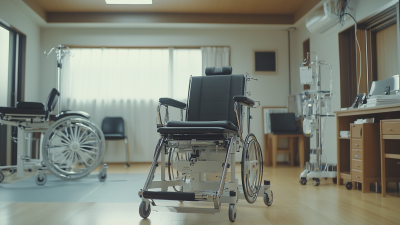
Exploring the Unique Features and Applications of Rehab Medical Equipment Across Different Needs
-
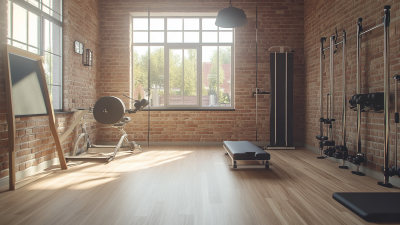
How to Choose the Best Rehab Equipment for Your Home Needs
-

What to Know Before Investing in Home Rehab Equipment for Your Facility
-

Global Trends in Rehab Medical Equipment Shaping the Future of Healthcare by 2025
-
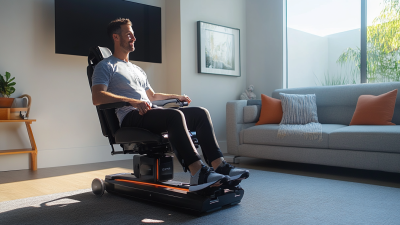
Revolutionizing Recovery With Innovative Rehab Equipment for Global Buyers
